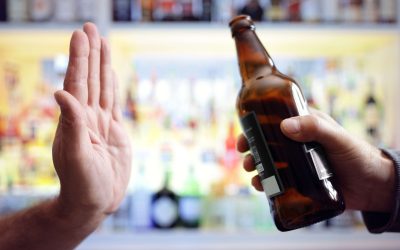Drinking and Driving: A Serious and Deadly Crime
Content
In 2020, 11,654 Americans were killed in alcohol-impaired driving crashes. Alcohol-related accidents accounted for nearly one-third of all traffic-related deaths. More than 1.1 million drivers were arrested for driving under the influence of alcohol or narcotics in 2014. Finally, in a comparison of alcohol test results, Zador (1991) found that each 0.02 increase in a driver’s BAC nearly doubled his or her risk of being in a single-vehicle fatal crash.
In 1979, a classic work [13] showed that increasing enforcement and toughening sanctions can reduce accidents as an initial effect, although the number of accidents tends to normalize later. Any amount of alcohol in blood, however small, can impair driving, increasing the risk of accident. Therefore, the trend internationally is to lower the maximum rates allowed.
Drunk Driving Statistics
A DUI refers to “driving under the influence” of alcohol or drugs — in our case, alcohol. This is a crime that police can charge you with if they suspect that your driving is impaired and you fail a field sobriety test, as well as having a BAC over the legal state limit. You will then be prosecuted accordingly, with the first offense typically resulting in the loss of your license for a year, and requires your attendance in an alcohol abuse program, as well as probation.
Safely driving a car is difficult even when you are sober, but adding alcohol into the mix is putting your life and the lives of others on the road at risk. All this goes to show that someone who is driving under the influence of alcohol is much more likely to cause an accident than someone who is not, although the sober person might get tangled up in the drunk driver’s wreck. The data also https://stylevanity.com/2023/07/top-5-questions-to-ask-yourself-when-choosing-sober-house.html shows that the more alcohol you have in your system, the more likely you are to have an accident. Young adults have experienced a greater proportional reduction in alcohol-related traffic deaths than older adults in the last 20 years. Sixteen- to 20-year-olds have had the greatest decline in alcohol-related traffic deaths since 1982, down 56 percent, from 5,244 to 2,329 (see figure 3).
Drinking And Driving Laws
Contact Us today if you need help with drunk driving or need help getting through to someone that engages in drunk driving frequently. If the physical and mental impact wasn’t bad enough, drunk driving is a dangerous crime. It slows down reaction time because alcohol impairs the brain’s response time. If a car stops short in front of you, or if there is a pedestrian in a dimly lit crosswalk, the driver’s reaction to that will be delayed. If you plan on going out and having a good time, but know you’re likely to overindulge, find a designated driver.

In 2002, 41 percent of the drivers killed in crashes were killed in alcohol-related crashes, compared with 37 percent of passenger deaths and 47 percent of pedestrian deaths. Of all pedestrian deaths, 17 percent involved a driver who had been drinking and 38 percent involved a pedestrian who had been drinking. In 7 percent of pedestrian deaths, both the driver and the pedestrian had been drinking (NHTSA 2003f ). Tough enforcement of drunk-driving laws has been a major factor in reducing drunk-driving deaths since the 1980s.
